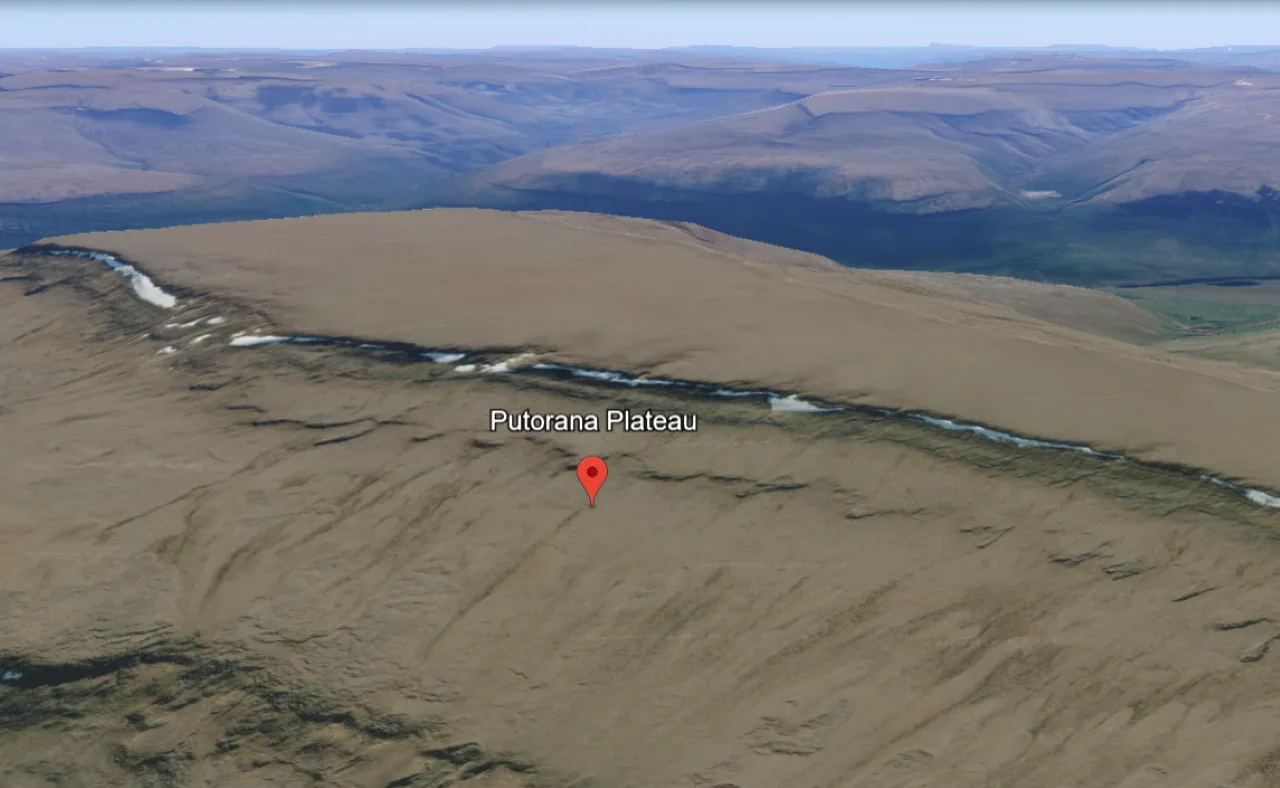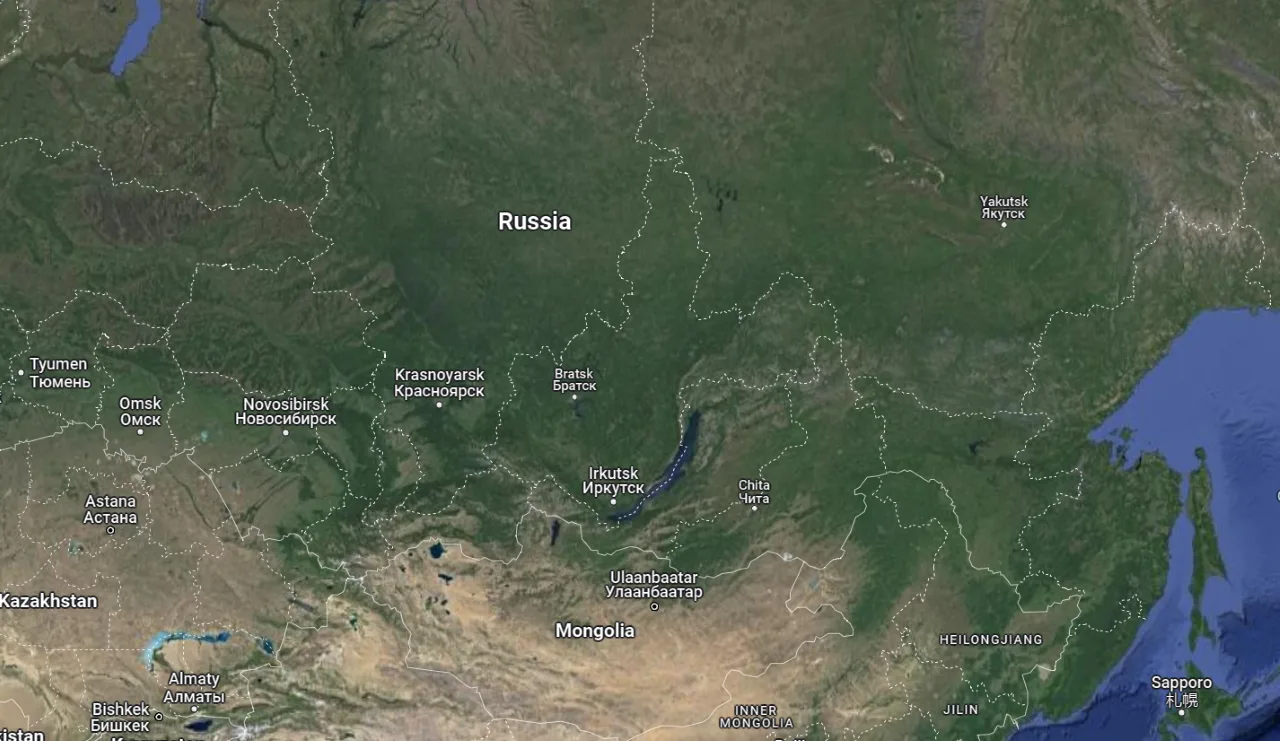The Russian Taiga, a vast expanse of wilderness spanning millions of square kilometers, remains one of the least explored regions on Earth.
Encompassing dense forests, mighty rivers, and unforgiving terrain, the Taiga holds an allure for adventurers and scientists.
Let’s discover the allure of the Taiga, uncover its secrets, and understand why adventurers are drawn to its depths.
So, brace yourselves for an exploration of the Russian Taiga, where every step reveals a new wonder and every moment is infused with the spirit of adventure.
The Majesty of the Taiga
Stretching across Siberia, the Russian Taiga stands as the largest forested biome on the planet.
Its sheer size dwarfs other forests, covering about 47% of Russia’s territory and extending into parts of Canada, Alaska, and Scandinavia.
From the western fringes all the way to the Pacific Ocean in the east, and from the icy Arctic Circle down to the borders with Kazakhstan, Mongolia, and China in the south, it’s like its own little universe out there.
This immense biome is characterized by dense coniferous forests, sprawling wetlands, and mighty rivers, creating a landscape of exceptional beauty and biodiversity.
Remote and largely uninhabited, the Russian Taiga remains one of the last truly wild places on Earth, offering adventurers an opportunity to explore its untamed wilderness and discover its hidden treasures.
Geographical Spread of the Taiga Biome
Here’s a list of areas covered by the Taiga biome:
- Siberia, Russia
- Northern Canada
- Scandinavia (Sweden, Norway, Finland)
- Alaska, United States
- Northern Europe (Estonia, Latvia, Lithuania, Belarus, northern parts of Poland, and Germany)
- Northern Mongolia
- Northern Kazakhstan
- Northern Japan
These regions are characterized by extensive forests dominated by coniferous trees and cold climates, typical of the Taiga biome.
The Adventure Begins

So, how do you actually get to this wilderness wonderland? Its remote location, harsh climate, and rugged terrain present numerous challenges to would-be explorers.
Well, first off, you’ll want to make your way to one of the major cities in Siberia, like Irkutsk, Krasnoyarsk. or Yakutsk, depending on the desired destination within the Taiga.
From there, it’s all about hopping on a plane, train, or even a rugged 4×4 to get you as close to the Taiga as possible.
Once you’re on the outskirts, it’s time to put on those boots and get ready for some serious exploring.
Top Spots to Check Out
Exploring the vast expanse of the Russian Taiga offers you a chance to immerse yourself in one of the world’s most pristine wilderness areas.
From dense forests to towering mountains, the Taiga boasts a plethora of captivating locations waiting to be discovered.
Lake Baikal

Situated in the heart of Siberia, Lake Baikal is not only the world’s deepest lake but also a UNESCO World Heritage Site.
Its crystal-clear waters and surrounding wilderness provide a perfect setting for exploration.
You can hike along the shoreline, camp in secluded bays, or embark on boat tours to explore the lake’s many islands and hidden coves.
To reach Lake Baikal, you’ll want to start your journey in Irkutsk, one of the largest cities in Siberia. Irkutsk is well-connected by air, rail, and road to major cities like Moscow and Vladivostok.
From Irkutsk, it’s about a 70-kilometer drive to the nearest access point to Lake Baikal, the town of Listvyanka.
Alternatively, you can take a ferry across the lake from the city of Irkutsk itself, which offers a scenic way to reach the lake.
Putorana Plateau

If you’re up for a real off-the-grid adventure, head to the Putorana Plateau.
Located in the far north of Siberia, the Putorana Plateau is a remote and rugged landscape characterized by dramatic cliffs, deep canyons, and cascading waterfalls.
Accessible by helicopter or multi-day trekking expeditions, the plateau offers unparalleled opportunities for adventure, including rock climbing, ice fishing, and wildlife spotting.
Reaching the Putorana Plateau is no easy feat, but it’s well worth the effort. The closest city is Norilsk, a major industrial center in northern Siberia.
Norilsk is accessible by air from cities like Moscow and Krasnoyarsk. From Norilsk, you’ll need to charter a helicopter to reach the plateau, as there are no roads leading to this remote wilderness area.
Sayan Mountains

Stretching across southern Siberia, the Sayan Mountains are a paradise for adventurers. Towering peaks, alpine meadows, and pristine rivers attract hikers, climbers, and whitewater rafters from around the world.
The Sayan Mountains are also home to several indigenous communities, providing a unique opportunity to experience traditional Siberian culture.
To explore the Sayan Mountains, you’ll want to start your journey in the city of Abakan, the capital of the Republic of Khakassia.
Abakan is accessible by air and rail from cities like Moscow and Novosibirsk.
From Abakan, it’s a scenic drive to the foothills of the Sayan Mountains, where you can begin your exploration of this majestic mountain range.
Lena Pillars
Situated along the Lena River in eastern Siberia, the Lena Pillars are a geological wonderland of towering rock formations carved by millennia of erosion.
Accessible by boat or hiking trails, the pillars offer breathtaking views of the surrounding Taiga and provide a glimpse into the region’s ancient history.
To explore the Lena Pillars, you’ll want to make your way to the city of Yakutsk, the capital of the Sakha Republic (Yakutia).
Yakutsk is reachable by air from major cities in Russia, including Moscow and Vladivostok.
From Yakutsk, you can take a boat tour along the Lena River to reach the Lena Pillars or arrange a guided excursion by road.
Ergaki Nature Park

Tucked away in the Western Sayan Mountains, Ergaki Nature Park is a haven for outdoor enthusiasts seeking adventure off the beaten path.
Its rugged terrain, alpine lakes, and pristine forests offer endless opportunities for hiking, camping, and wildlife watching.
Hike through ancient forests, camp beneath the stars, or summit the stunning Marble Wall – there’s no shortage of adventure.
Getting to Ergaki Nature Park usually involves traveling to the city of Krasnoyarsk, located in the foothills of the Eastern Sayan Mountains.
Krasnoyarsk is well-connected by air and rail to major cities like Moscow and Novosibirsk.
From Krasnoyarsk, it’s about a 300-kilometer drive to Ergaki Nature Park, where you can begin your adventure into the stunning Western Sayan Mountains.
Verkhoyansk Range
Located in the far northeast of Siberia, the Verkhoyansk Range is one of the coldest inhabited places on Earth.
Despite its harsh climate, the region is home to breathtaking landscapes, including rugged mountains, vast tundra, and pristine rivers.
You can explore the region by dog sled, snowmobile, or on foot, encountering indigenous communities along the way.
Reaching the Verkhoyansk Range requires careful planning and determination. The closest city serving as a gateway to this remote wilderness is Yakutsk, the capital of the Sakha Republic.
From Yakutsk, you can arrange transportation by air to reach nearby towns or villages closer to the Verkhoyansk Range.
Natural Wonders of the Russian Taiga
| Natural Wonder | Description | Nearest Cities |
|---|---|---|
| Lake Baikal | The world’s deepest and oldest freshwater lake, known for its crystal-clear waters. | Irkutsk |
| Putorana Plateau | A remote and rugged landscape characterized by towering cliffs, deep canyons, and waterfalls. | Norilsk |
| Lena Pillars | Massive rock formations along the Lena River, carved by natural forces over millions of years. | Yakutsk |
| Ergaki Nature Park | A stunning wilderness area in the Western Sayan Mountains, featuring alpine lakes and forests. | Krasnoyarsk |
| Verkhoyansk Range | A mountain range known for its extreme cold temperatures and rugged beauty. | Yakutsk, Verkhoyansk |
These natural wonders offer a glimpse into the breathtaking beauty and diverse landscapes of the Russian Taiga.
Frequently Asked Questions (FAQs)
Why is the Russian Taiga so popular for exploration?
The Taiga offers adventurers a chance to immerse themselves in pristine wilderness, with opportunities for hiking, camping, wildlife spotting, and experiencing indigenous cultures.
What wildlife can I expect to see in the Russian Taiga?
The Taiga is home to a diverse array of wildlife, including Siberian tigers, brown bears, wolves, lynx, moose, reindeer, and a variety of bird species.
What should I pack for a trip to the Russian Taiga?
Essential items include appropriate clothing for the weather, sturdy footwear, camping gear, insect repellent, sunscreen, a first-aid kit, and any necessary permits or documentation for entry into protected areas.
Conclusion
- The Russian Taiga spanning across Siberia attracts adventurers to explore its vast expanse of wilderness.
- From the majestic shores of Lake Baikal to the rugged peaks of the Verkhoyansk Range, each spot promises adventure.
- Nearby cities like Irkutsk, Yakutsk, and Krasnoyarsk serve as gateways to these wonders.
- Activities such as hiking, camping, and wildlife spotting await those who venture into its depths.
- While the journey may be challenging, the rewards are immeasurable, with every step revealing a new wonder and every moment etching memories that will last a lifetime.
- So, whether you like the thrill of outdoor adventure or the tranquility of nature’s embrace, the Russian Taiga awaits, ready to inspire, captivate, and leave you forever changed.

